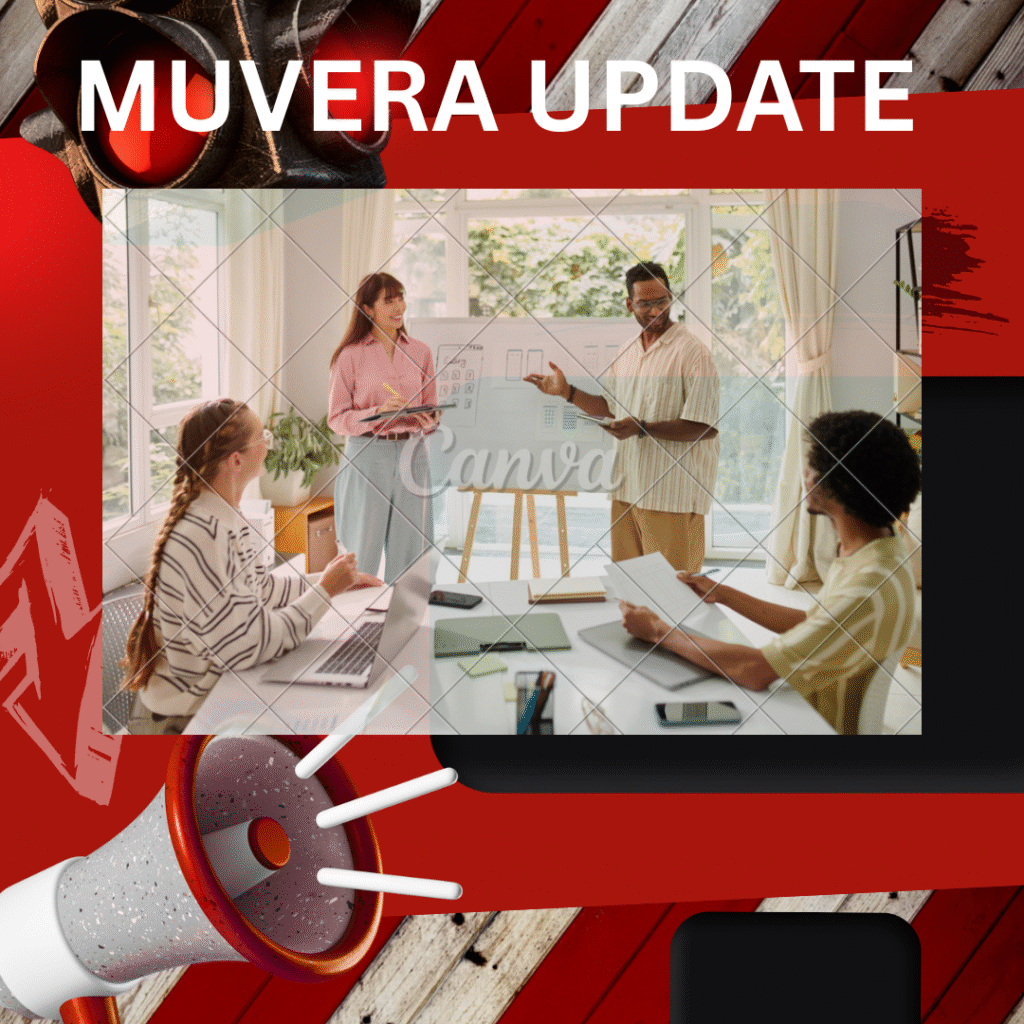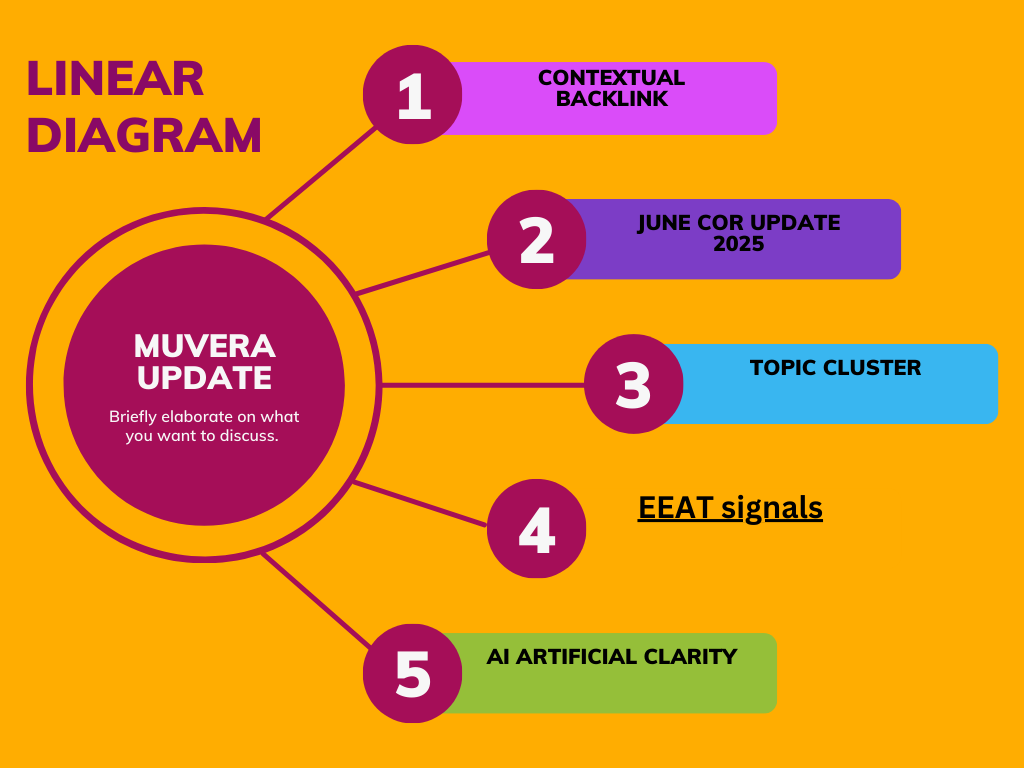
Muvera Update
The Muvera update brings a fresh shift in digital strategies, focusing on clarity, trust, and better visibility. It improves how websites connect with audiences, ensuring quality content stands out. The update highlights expertise, relevance, and authentic signals, helping brands build stronger credibility. It also emphasizes topic clusters, semantic search, and context-driven results, giving users more accurate answers. For businesses, this means improved rankings when content aligns with user intent. Muvera encourages clean structures, meaningful links, and long-term trust, making it a vital change for online growth.
Topic Cluster
Pillar page” is a broad topic that has a many related subpages that delve deeply into different aspects of the central issue. Each cluster links back to this page; in turn each cluster can be linked from it. And along with internal linking structure thus created, your pillar coheres on itself. This way of organization is clearer to the site user. It points up semantics more clearly for machines and helps search engines get the over all picture. Topic clusters also serve to improve user experience because they give complete coverage to a topic, which pushes more reading time and comments…and means that you are the expert in your field.
EEAT signals
Google uses the E-A-T (Experience, Authoritativeness, Trustworthiness) signals as a measure of whether content is valuable.Users will search for these signals to determine whether something has actual, useful information to provide for them. Knowledge from real-life events shows Experience, Expertise suggests you possess pro-level knowledge on a subject, Authoritativeness comes from being recognized by others on a given topic, and Trustworthiness means you can be depended upon Well documented sources, transparent authorship, and a good reputation all help to satisfy E-E-A-T guidelines. So by following these requirements, many website can increase their chances of success or help them carve an individual identity within somewhat competitive niches that depend so much more than most upon trust.
Ai artificial clarity
Accessible content that artificial intelligence can easily understand, process, and interpret for the end user refers to clarity. This isn’t just a matter of using clear language and structured formatting or succinct sentences–relevant keywords should also be present in amounts that don’t strain readers’ eyes. Understand the context, intent, and content effective AI can provide. It ensures your content to be successful by search engines. Prioritizing readability sets the stage for semantic richness in logical fashion, as well clarity-friendly AI helps content perform better across all platforms. And with a uniform presentation of text there’s no distinction between user experience and algorithm understanding either so that both are benefited.
, Contextual backlink
Contextual backlinks are put within relevant content’s text, which will increase the number of it backlinks. Compared with links in sidebars or footers, they emerge as if just naturally in an article, blog or guide, making them more valuable to SEO. Contextual backlinks are seen by search engines as signs of trust, authorization and topical relevance. When they are from authoritative, high-quality sites, giving a boost to your ranking of course! Also helping you to get more surfers through those links on their way to buy something quite possibly likewise we will see an improvement in overall SE visibility as a result.
Semantic retrieval
Semantic retrieval, is a new search paradigm that emphasizes meaning, instead of just matching exact keywords. It’s using natural-language processing and AI to try to understand the context, intent, and connections between words. This helps search engines come up with results that reflect not just a user’s specific words but also the underlying truth they’ve described — even if other words might describe the same idea. Semantic retrieval as opposed to the traditional keyword retrieval, can give better, more accurate, relevant and user friendly answers to the users in question and thereby makes the search engine smarter and closer to natural human communication
June core upadate
On June 30, 2025, Google released its second core update of the year. It reshuffled search results, promoting highly relevant, satisfying content, over a span of about 16–18 days. A number of sites that were affected by previous updates, particularly the September 2023 Helpful Content Update, partially recovered, and others saw volatility. The update is indicative of where Google is putting its main effort behind quality signals throughout all content types.
The testing phase 2025
By mid-2025, testing focuses on AI-led continuous quality assurance built as part of the development pipeline. Automated tests – everything from unit to integration, performance, security and user acceptance – are run continuously and defects are discovered and fixed as early as possible, not left until late in the development lifecycle. AI automatically predicts the risky parts of the code and gets the better test coverage; meaning- faster feedback with no bottlenecks

